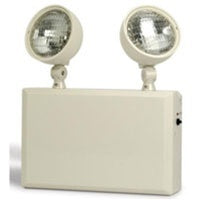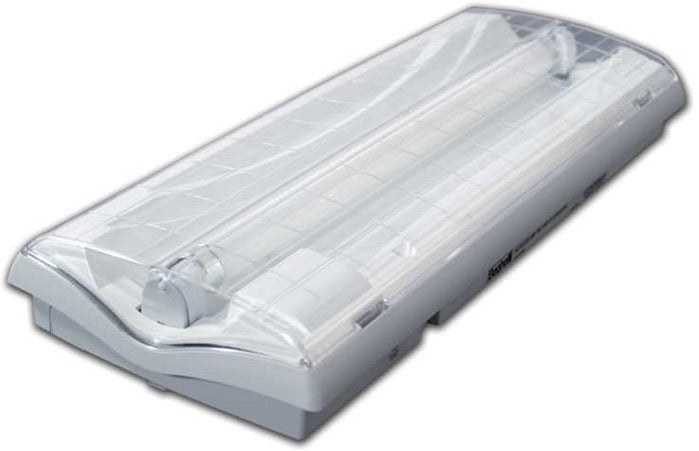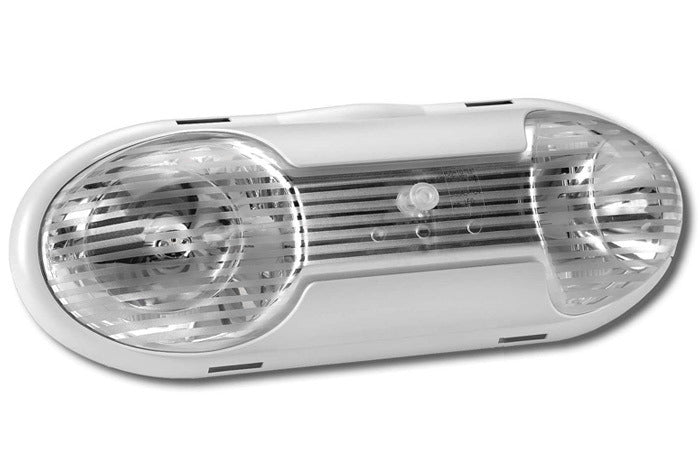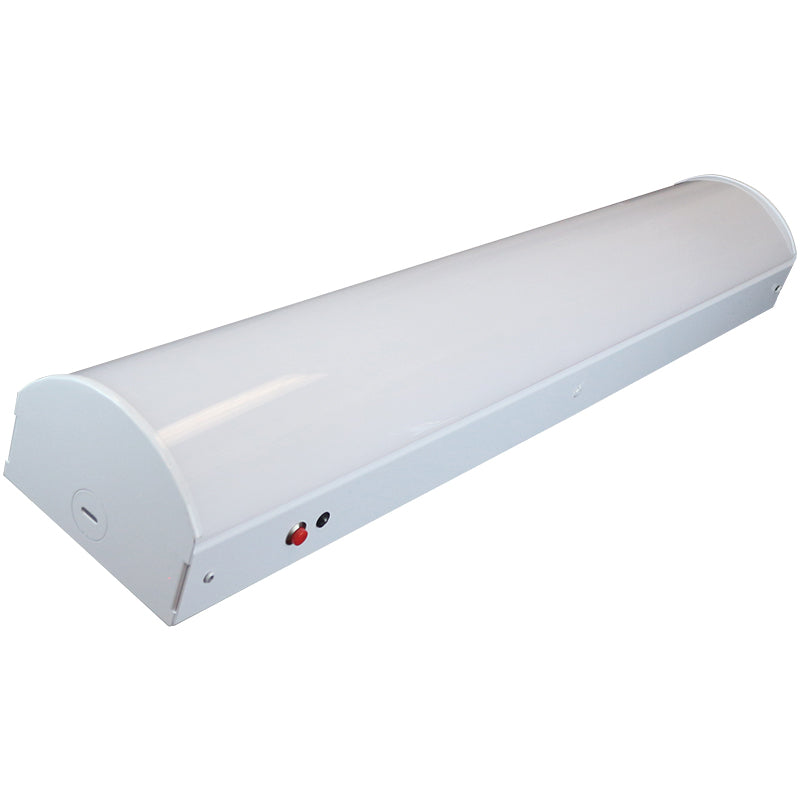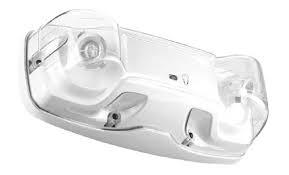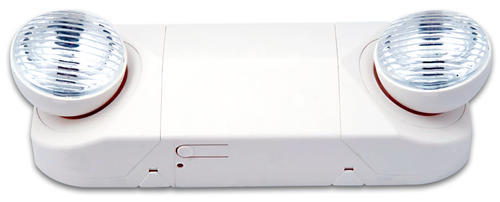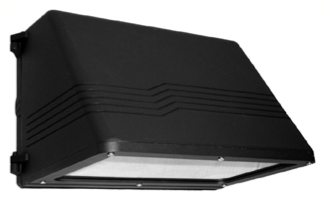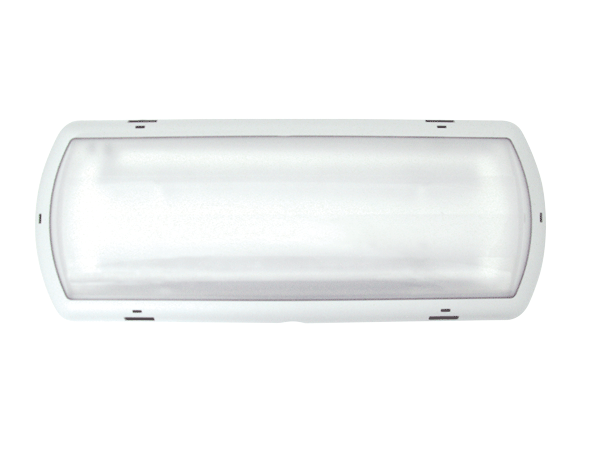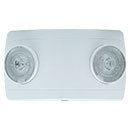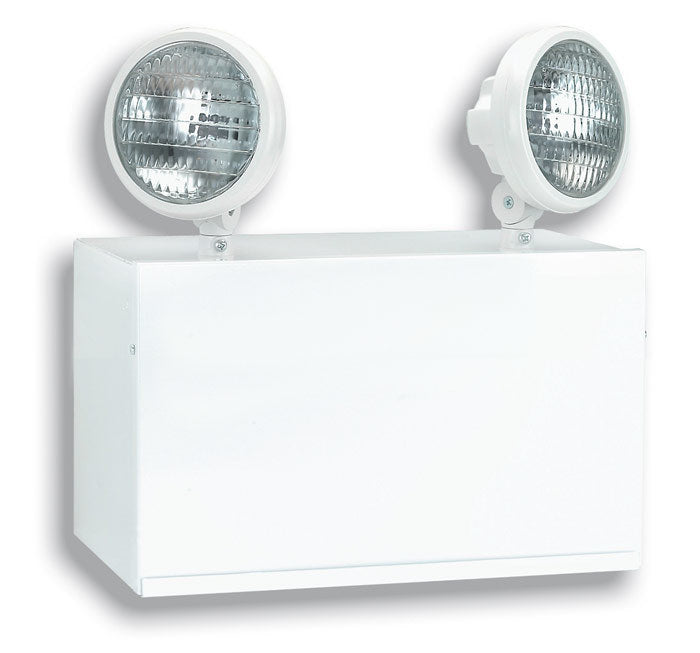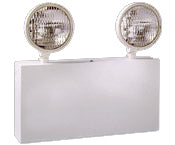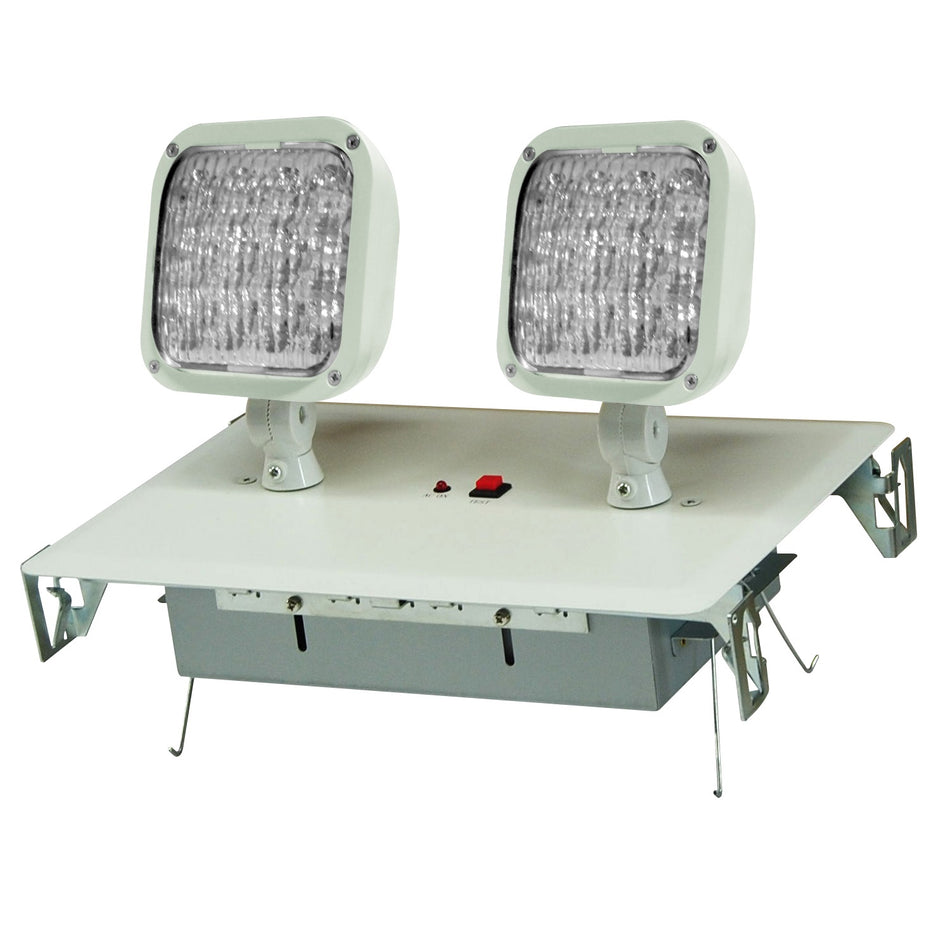60 Products
Emergency Lights
Functional emergency lighting is essential for meeting state building and fire codes, insurance standards, and OSHA regulations. The Exit Light Company offers a range of cost-effective and energy-efficient emergency lighting solutions tailored to various applications, including industrial, remote-capable, wet location, architectural, and recessed installations.
Our latest series of LED emergency lights utilize ultra-bright and energy-efficient Light Emitting Diodes (LEDs), allowing for low-voltage operation and eliminating the need for bulky sealed lead-acid batteries. Instead, these units feature maintenance-free NiCad, NiMH, or Lithium batteries, making them lighter and easier to install.
Ensure your workplace is prepared for power failures—what about your home? Battery-powered home lights provide illumination during power outages.
What constitutes an emergency light? An emergency light is a fixture that illuminates key safety areas and exit paths when a building loses power. To achieve this, they rely on an alternate power source. While most emergency lighting fixtures incorporate backup batteries, standard lighting fixtures can also serve this purpose when connected to an emergency generator or inverter system.
Emergency Lights Information
Optimal crisis prevention involves expecting favorable outcomes while preparing for potential emergencies. Establishing safety measures before unforeseen incidents occur is crucial for achieving optimal responses and outcomes. When ensuring compliance with building or site codes, reliable emergency lighting units play a significant role. None desire to bear responsibility for avoidable incidents, and our emergency lights guarantee that you are shielded from the numerous repercussions linked with failures in emergency lighting.
Reduce Panic
During emergencies, situations can escalate rapidly. The response of individuals can significantly impact the outcome, highlighting the importance of established safety protocols. For instance, in a fire, it's crucial for people to locate and follow clearly marked exit signs, even amidst dense smoke. Equipping exit signs with battery backups, remote headlamps, and other essential emergency lighting ensures clear visibility, thereby minimizing potential chaos and panic. Emergency lighting units provide structure amidst uncertain circumstances.
Stay Up to Code
Building owners are obligated to maintain building safety in accordance with city, state, and federal regulations. Neglecting commercial emergency lights is not only negligent and irresponsible, but it can also result in severe monetary penalties. Furthermore, failure to meet required standards can lead to immediate shutdown of the building or site, posing significant challenges. Avoiding the removal of occupants due to non-compliance is paramount, and we offer affordable, high-quality lights that you can rely on.
Save Money
When installing or replacing emergency lighting units, it's crucial to consider the broader implications. Opting for inexpensive lighting may lead to more frequent replacements, along with added labor and installation expenses. Prioritizing quality from the outset is invariably the wiser decision when it pertains to your livelihood. Beyond replacement costs, subpar light performance can incur fines from government agencies, legal actions from individuals impacted by insufficient lighting, and a decline in reputation overall.
Improve Aesthetics
While our emergency lighting units prioritize functionality over style, we also offer sleek lights that combine aesthetic appeal with performance. When visitors enter your building or site, they'll encounter cutting-edge lighting technology, which enhances the image of your organization. Every detail matters, and the emergency lighting setup should never be underestimated. To ensure competitive pricing, we operate eleven warehouses and offer wholesale sales of our lighting equipment. This enables our customers to access top-quality lights at affordable prices.
Frequently Asked Questions
How frequently should I test my Emergency Lighting system?
Regular testing of your exit and emergency lighting is mandated by law. According to NFPA 101 Life Safety Codes, units should undergo monthly tests lasting 30 seconds, and annual tests lasting 90 minutes. These tests not only ensure proper functionality but also contribute to the maintenance of the battery. For detailed instructions on testing and maintenance, please refer to our "Maintenance Guide."
How do I conduct tests on Exit Lights?
For non self-testing units, locate the "Push to Test" button, which activates emergency mode by cutting power to the unit. During your monthly test, press and hold this button for thirty seconds to assess the bulbs and battery. If the light or sign remains illuminated at a consistent brightness throughout the thirty-second period, the unit has passed the test. Dimming or failure to illuminate indicates the need for an electrician's assistance.
Is Emergency Lighting necessary?
Legislation mandates adequate and reliable illumination for all exits and egress paths. Various codes from OSHA, NFPA, and other regulatory bodies govern the installation, inspection, and testing of exit egress lights. Additionally, individual jurisdictions may enforce unique codes. Consult your city's Fire Marshal or Inspector to confirm the appropriate configuration and requirements for Exit Lighting.
How long does an Emergency Light remain operational?
During Emergency Mode, initiated when electricity is disrupted, the light must provide a minimum of 1 footcandle average illumination for at least 90 minutes, as per NFPA 101 Life Safety Code.
What distinguishes damp from wet locations?
A damp location refers to an indoor or outdoor area regularly exposed to moisture or humidity near electrical equipment. Conversely, a wet location is characterized by direct contact with water or other liquids that can drip, splash, or come into contact with electrical equipment.
